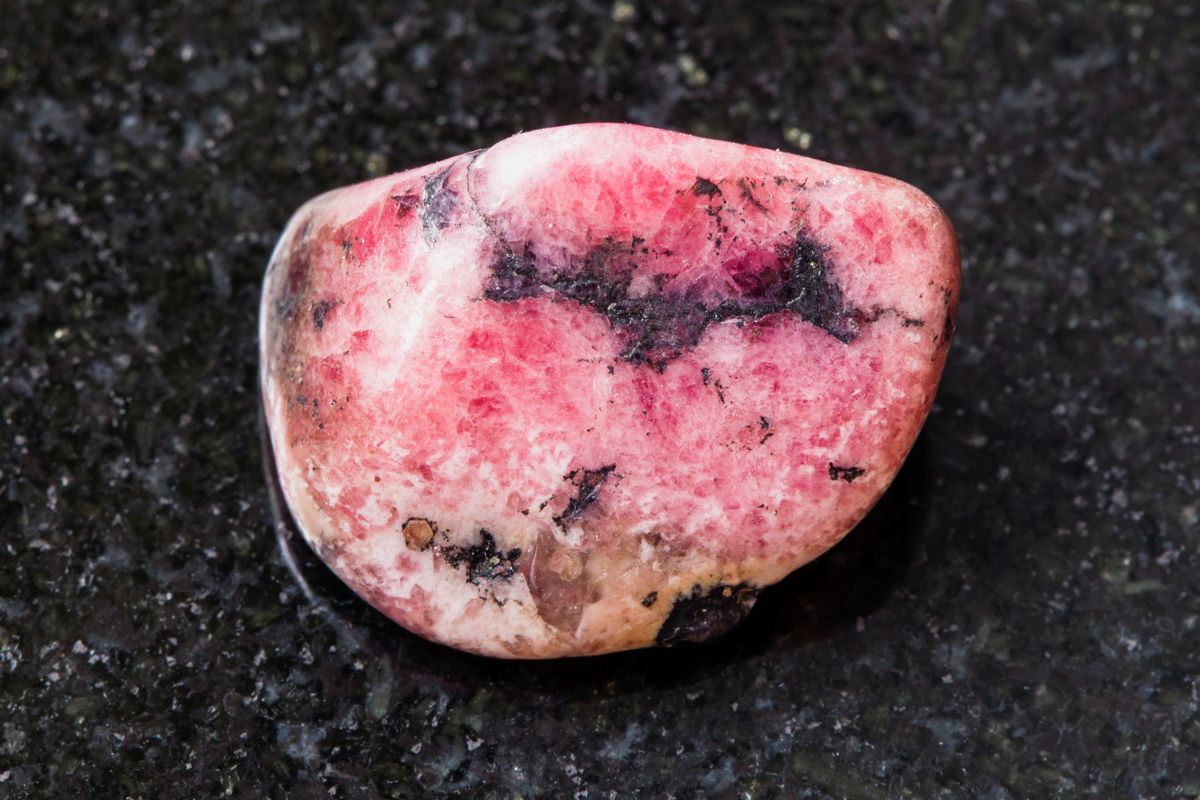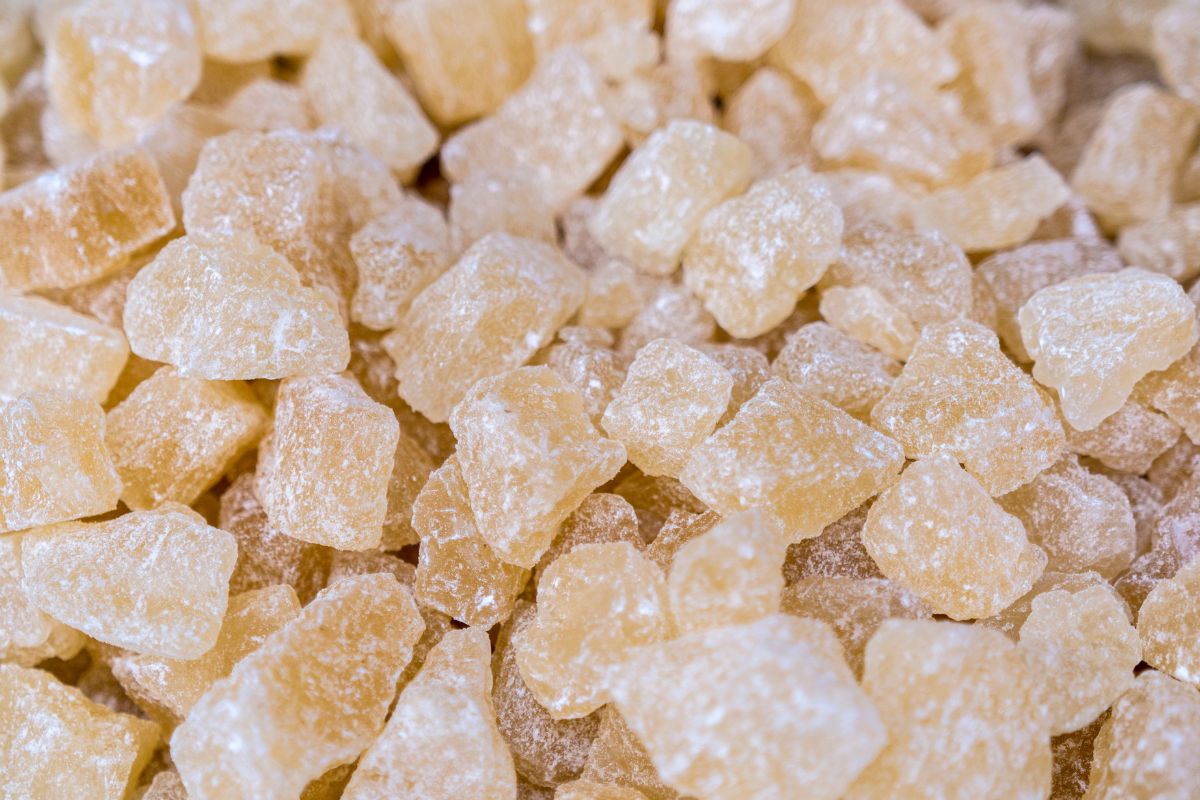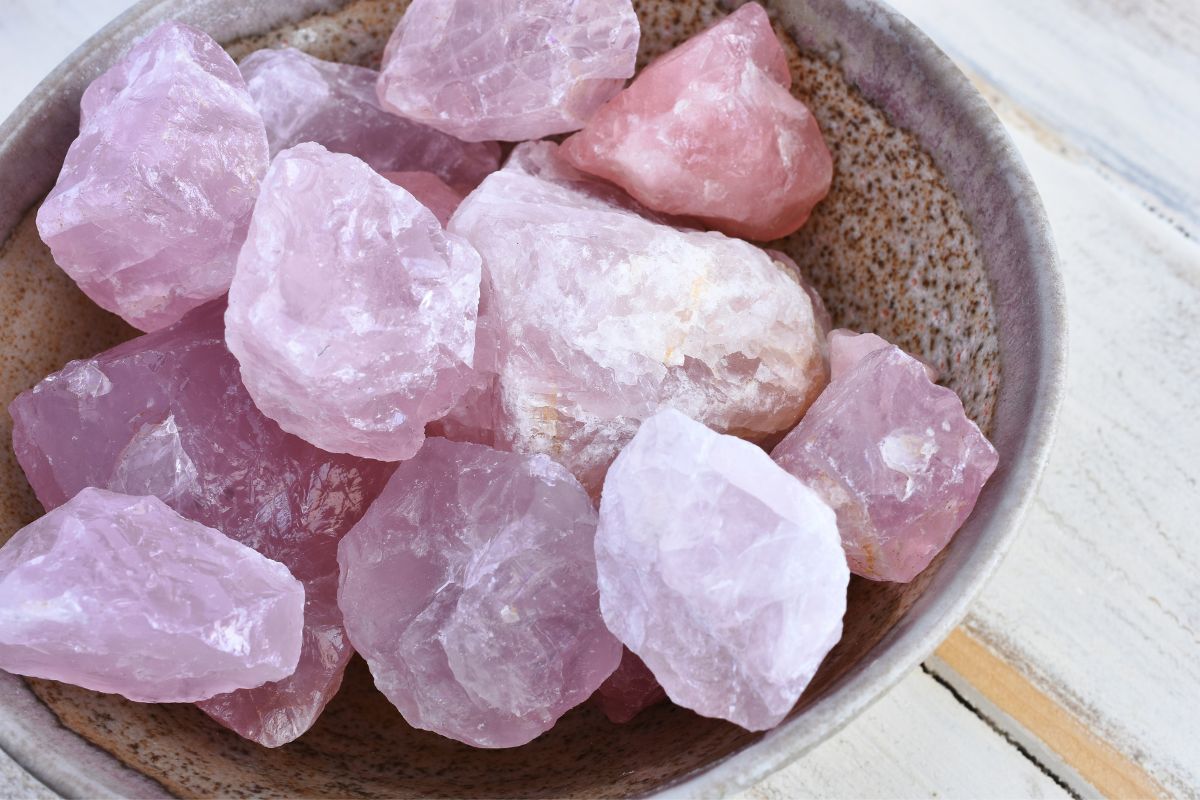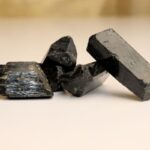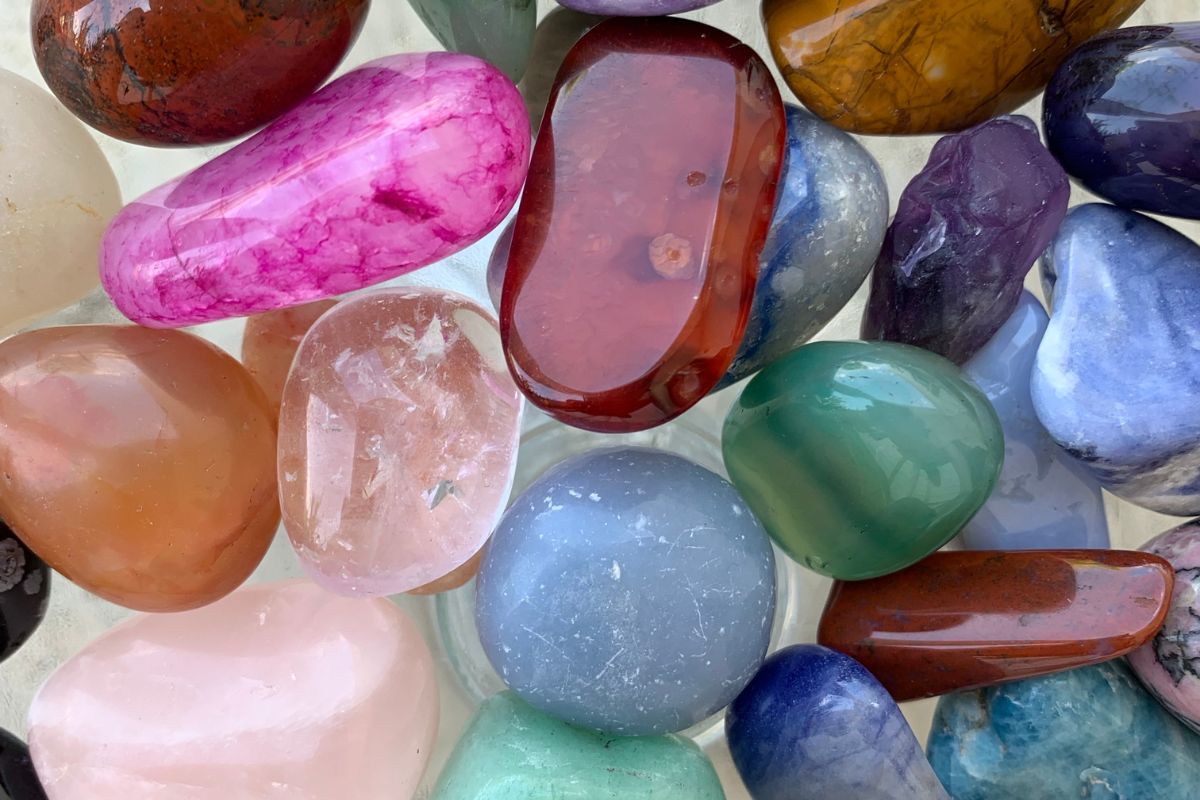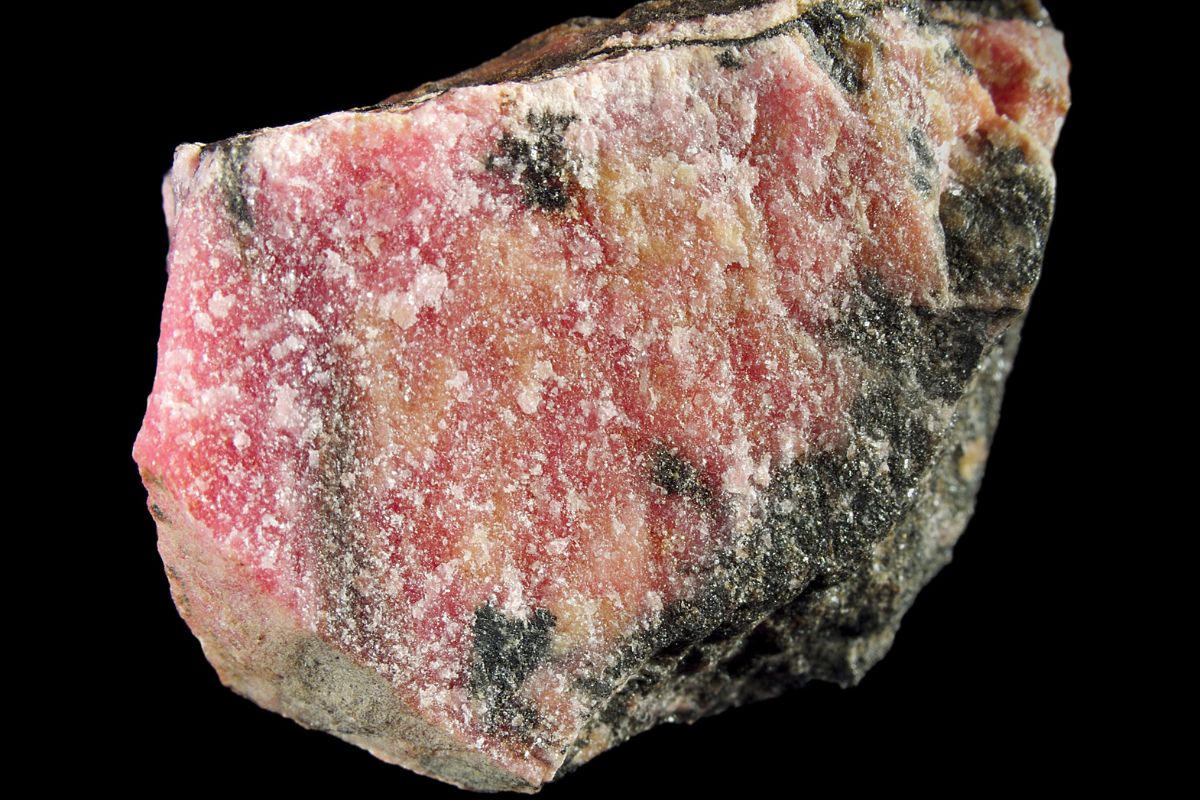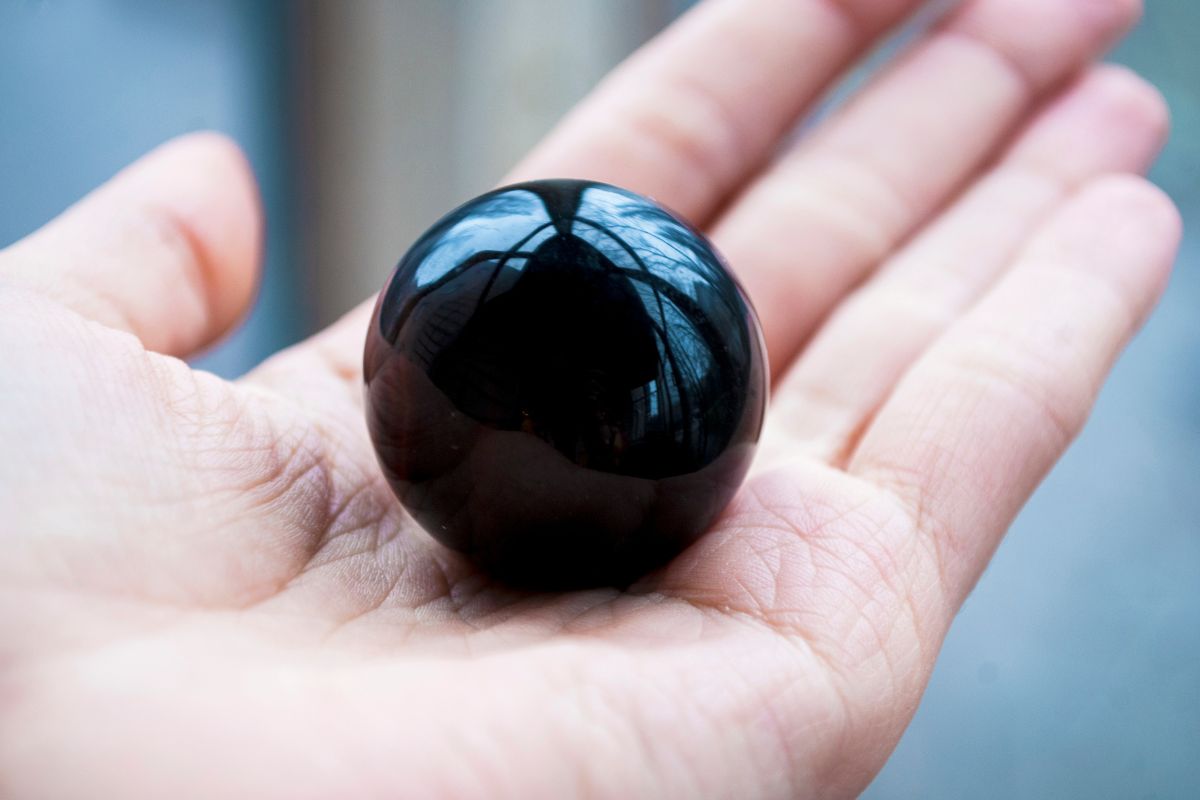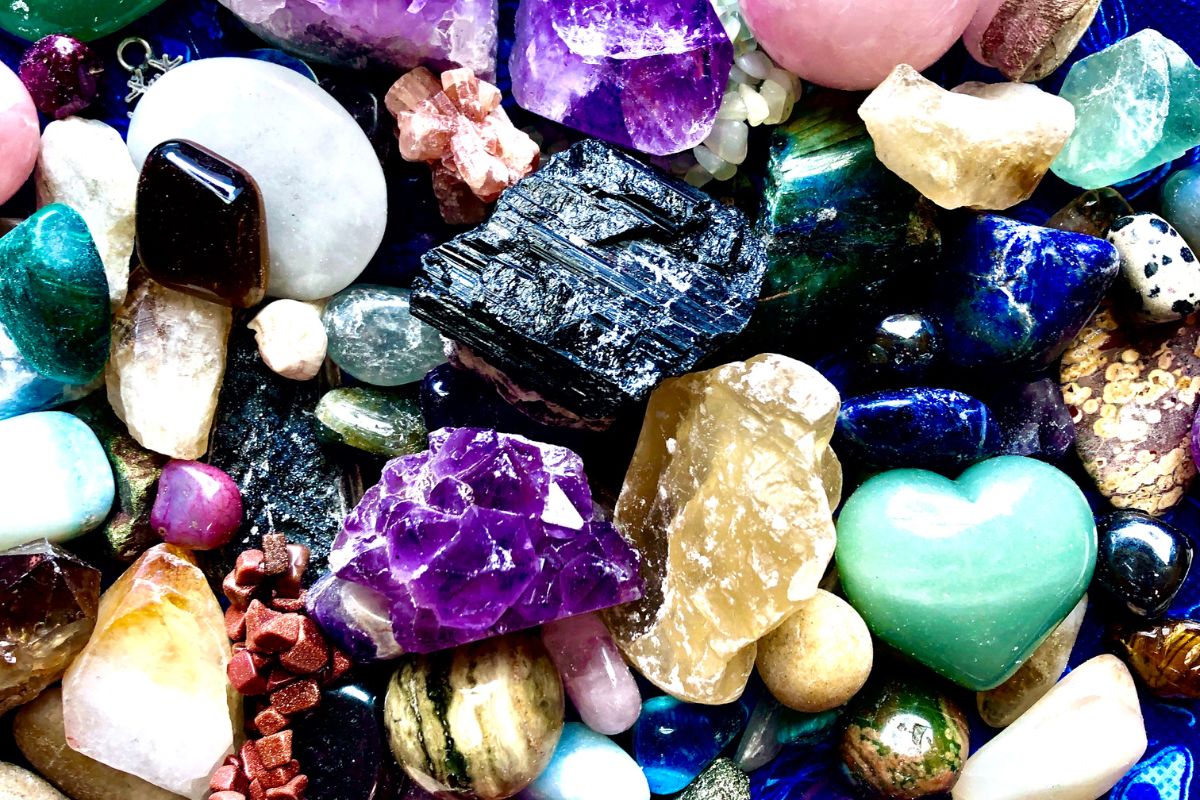Crystals are powerful tools in healing and grounding, but there are also dangers to be aware of. Some crystals are safe, but this isn’t always the case.
Some common crystals, such as rose quartz, are considered safe to use in water for short periods, others, like tangerine quartz, are not.
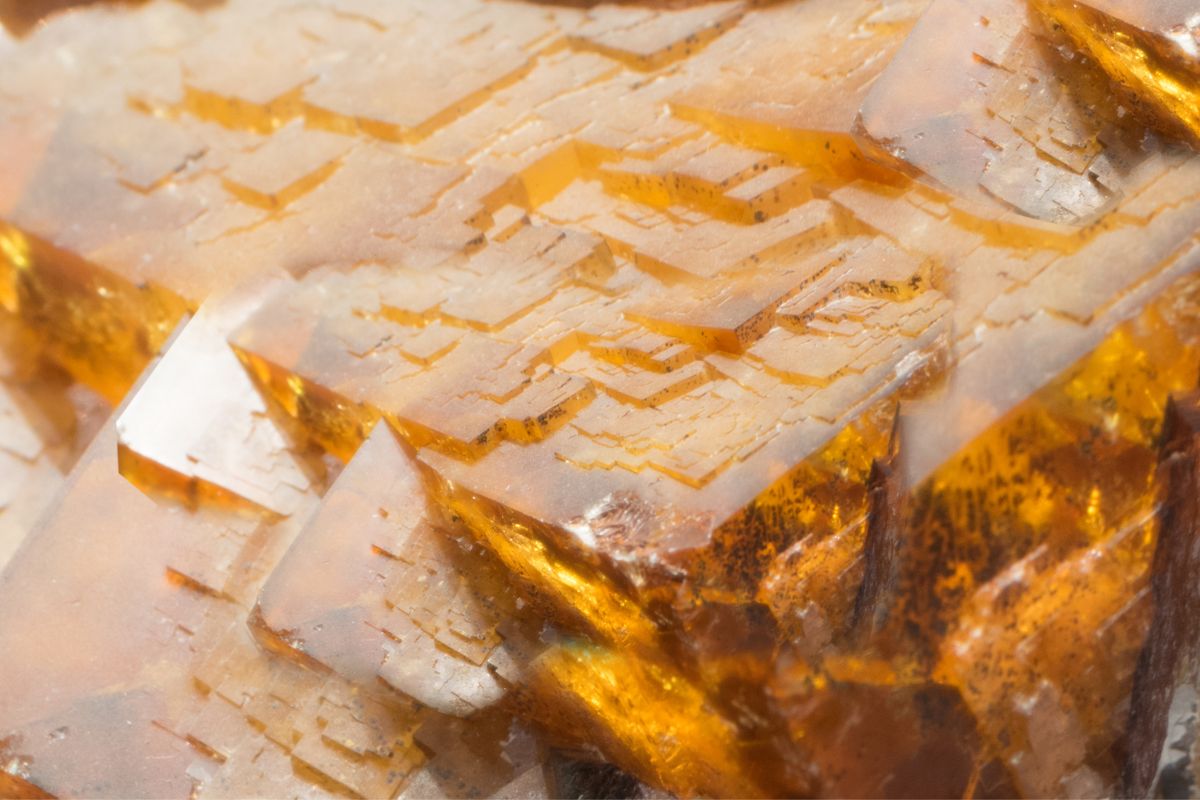
Before using crystals, it’s crucial to understand which ones can and cannot go in water (see also ‘Can Rhodonite go in Water‘).
There are limitations to be aware of, and you always need to know how to keep yourself safe.
In this article, we will be focusing on which crystals you should not be putting in water.
The answers might surprise you, so be sure to take notes so that you keep yourself safe!
Which Crystals Can’t Go In Water?
Generally speaking, you will know which crystals can or can’t be used in water based on two preliminary things: the name and the Mohs hardness scale.
If a crystal has a hardness of 5 or below, it probably should not be placed in water.
In terms of names, a crystal that has a name ending in “ite” will typically dissolve in water.
This might not always be the case, but it’s a good rule to live by and keep yourself safe.
Some crystals will crack when they are exposed to water, too. This can release harmful chemicals and elements, which can cause serious damage.
Some crystals are okay when submerged in freshwater, but cannot go in saltwater. We will cover this a little later on.
Why Can’t Some Crystals Go In Water?
If a crystal contains poisonous or toxic substances, it should never be submerged in water (see also ‘Is Malachite Toxic‘). Common toxic materials found in some crystals include the following:
- Lead
- Sulfur
- Antimony
- Copper
- Asbestos (fibrous form)
- Iron
- Aluminum
- Zirconium
These can all cause terrible damage to the body, especially if used over long periods of time.
However, it is never worth even trying it once, as you never know how much damage can be done.
There may be other chemicals and elements found in some crystals, too. However, we’ve only listed the common ones that can be hazardous.
Please double-check your crystal and find out more about it before ever using it in water.
Crystals that cannot be submerged in water for safety reasons aren’t always dangerous, though.
If the crystal is kept dry, then it’s perfectly safe to use in most cases. We will cover which common crystals you shouldn’t use with water.
Crystals That You Should Never Use In A Crystal Elixir
Before looking at the list, it’s worth noting that we have only listed the common crystals that you should never use for your crystal elixir.
There are thousands of crystals out there, and we would be here all day if we listed them all!
As such, you should always check your particular crystal before thinking of adding it to your water bottle.
Below is a list of the common crystals that you should never, under any circumstance, put in your water bottle:
- Angelite: contains sulfur and lead
- Azurite: contains copper
- Stibnite: contains antimony and lead
- Amazonite: contains copper
- Malachite: contains copper
- Hematite: contains iron and will rust when placed in water
- Labradorite: contains Aluminum
- Pyrite: contains traces of sulfur and also iron
- Chrysocolla: contains copper
- Tiger’s Eye: raw Tiger’s Eye is a fibrous form of asbestos (see also ‘Can Tiger Eye Go in Water‘)
- Actinolite: fibrous form of asbestos
- Unakite: contains Aluminum and might contain Zirconium as well, which is radioactive (see also ‘Complete Guide To The Meaning, Healing Properties, And Powers Of Unakite‘)
- Zircon: contains Zirconium, which is radioactive
- Garnet: contains Aluminum
- Serpentine: this is a fibrous form of asbestos
- Lodestone: contains iron and eventually will rust
- Lapis Lazuli: contains sulfur
If you really want to use one of these crystals because of its properties, you can do it safely. To do this, you can simply place the crystal on the outside of your water bottle.
This will allow the healing properties to be absorbed by the water without ever coming into contact with it.
Which Stones Should Never be Cleansed In Salt Water?
There are also a number of crystals that should never come into contact with salt water. Different crystals will react to salt water, so it’s important to keep track of this, too.
Salt water can easily weaken the structure of some crystals. So, while it might not completely dissolve them, the crystal is more likely to crack and be damaged.
Below is a list of crystals that you should never put in salt water:
- Black Tourmaline
- Selenite
- Fluorite
- Pyrite
- Lepidolite
- Opal
- Kunzite
- Malachite
- Turquoise
- Carnelian
- Labradorite
- Tiger’s Eye
- Calcite
- Tangerine Quartz
- Apatite
- Celestite
- Lapis Lazuli
- Azurite
- Hematite
- Kyanite
- Amber
These Crystals Must Never Touch Water
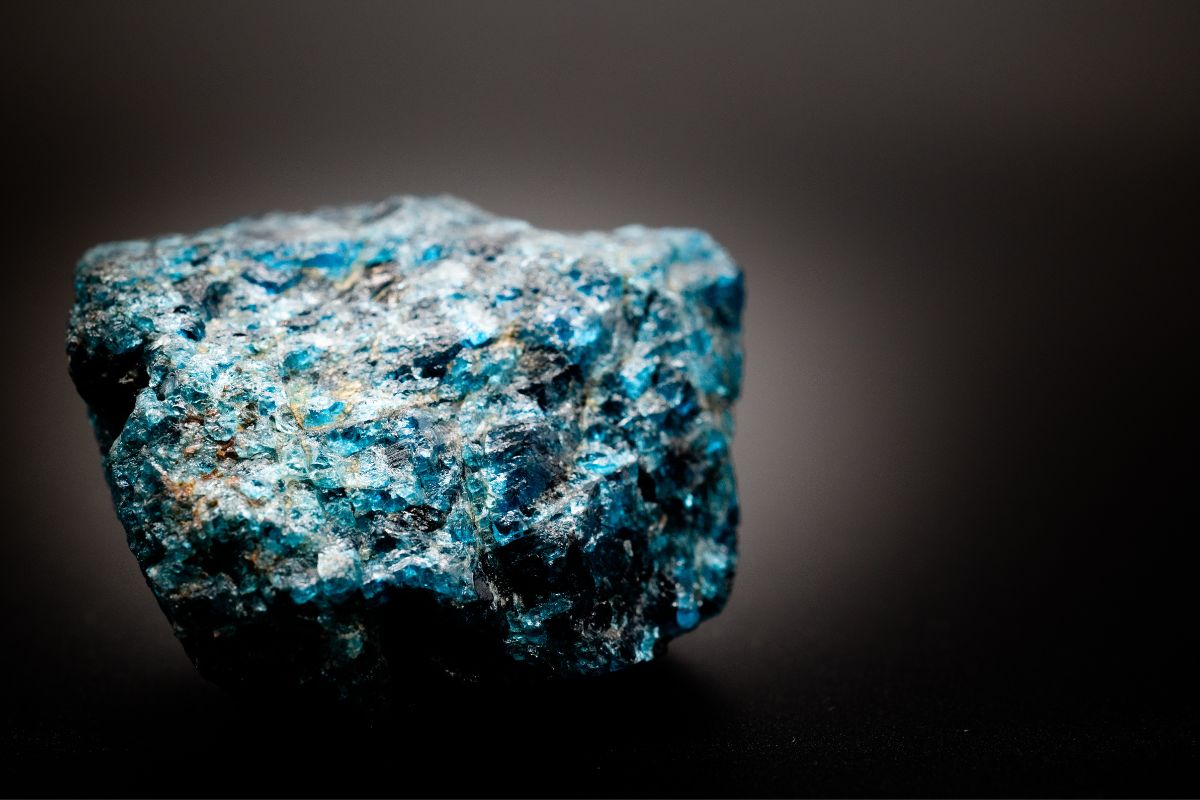
Some crystals can be in water for short periods of time, and others just shouldn’t be used for crystal elixirs.
However, there’s another list of crystals that should never come into contact with water under any circumstances.
This includes salt and freshwater, and every other kind of water. Don’t even cry on these crystals.
Cleansing these stones will need to be done differently.
The gemstones that should never come into contact with water include the following:
- Apatite
- Jade (for an extended amount of time)
- Smithsonite
- Angelite
- Lepidolite
- Ulexite
- Selenite
- Apophyllite
- Gypsum
- Lodestone
- Azurite
- Pyrite
- Halite
- Opal
- Fluorite
- Celestite
- Hematite
- Malachite
As you can see, the majority of these crystals end with “ite”. This is why we gave the warning near the beginning of this article – it’s a good rule to live by.
It’s worth noting that some of these stones are particularly “dangerous” if they touch water, but the water will ultimately damage their structure, and therefore impact their properties.
Final Thoughts
The lists given in this article are not exhausted, as there are thousands of crystals.
However, we have listed the most common ones that you need to be aware of. Some crystals do well in water, but many others do not.
Some crystals will quickly become damaged when they are submerged in water, which can cause them to crack.
This will negatively impact their healing properties and make them less effective or worse.
It’s important to stay safe with crystals, and know what you are doing. Always research your particular crystal before placing it in water for any reason.
- 15 Crystals That Cannot Be Exposed To The Sun - January 7, 2024
- Malachite Vs Fuchsite – Benefits And Uses - January 7, 2024
- Malachite Vs. Green Jasper: Benefits And Uses - January 7, 2024

